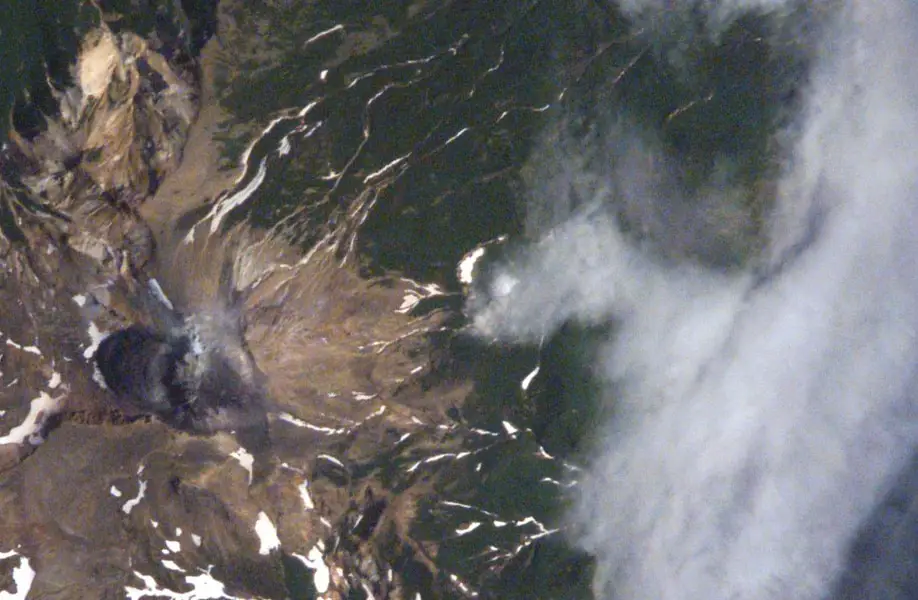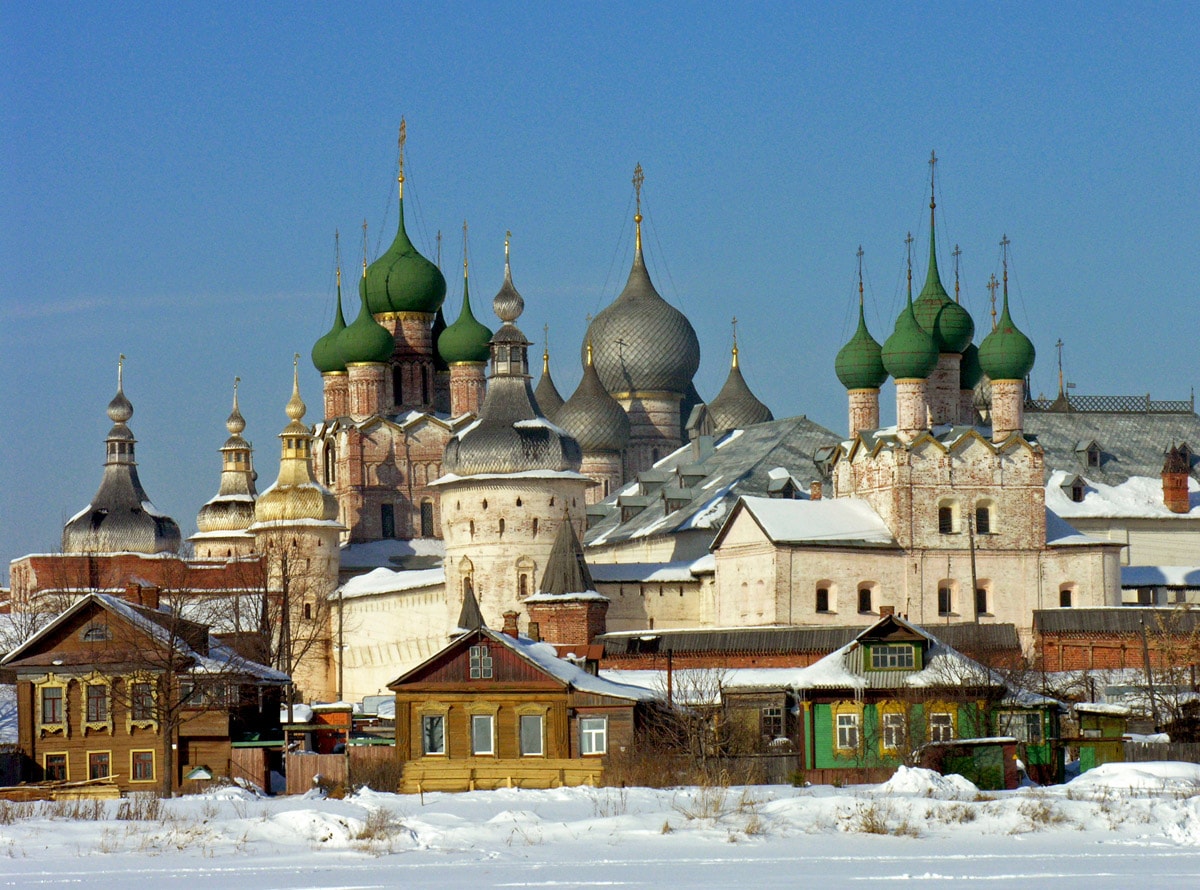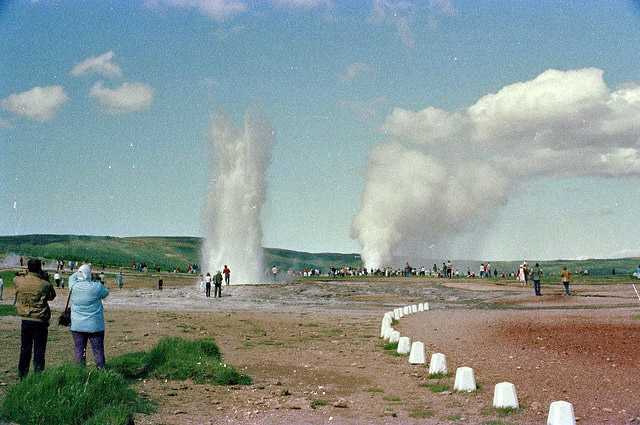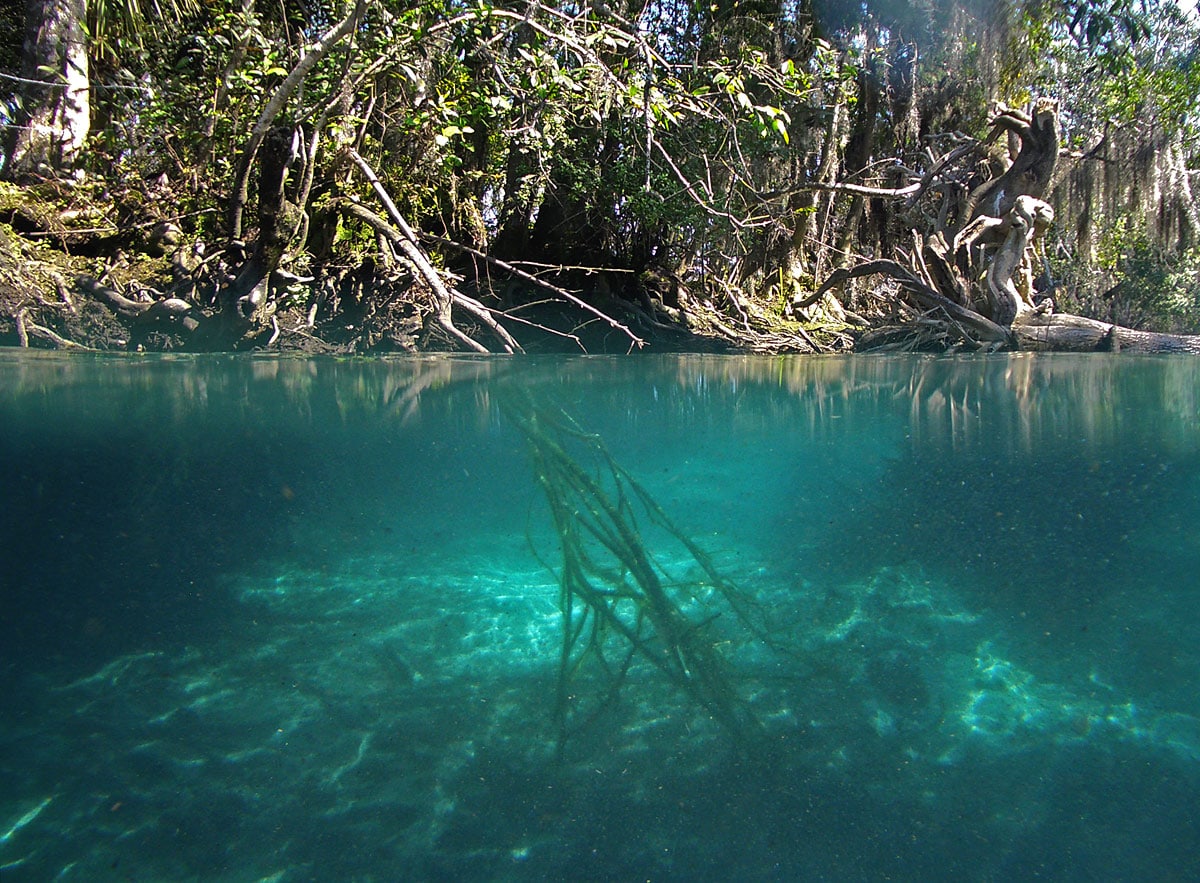World 🢖 Asia 🢖 Russia 🢖 Sakhalin Oblast
Geothermal fields 🢔 Geothermal features 🢔 Geological wonders 🢔 Categories of wonders
Wonder
North-Western solfatara field of Shiashkotan

 In short
In short
There are no true geysers on Kuril Islands but North-Western solfatara field of Shiashkotan has some springs that are… almost geysers.
 42.8%
42.8%
GPS coordinates
Location, address
Name in Russian
Size of the geothermal field
Map of the site
If you see this after your page is loaded completely, leafletJS files are missing.
 In detail
In detail
Landmarks of Shiashkotan
There are several interesting natural landmarks on the gorgeous, uninhabited Shiashkotan Island. Island has two volcanoes – the 828 m tall Kuntomintar in the south and 934 m tall Sinarka in the north. Through the lush vegetation of the island are flowing many smaller streams: as they reach the rims of volcanic plateaus they form spectacular, 40 – 70 m tall waterfalls which almost directly fall in the ocean or Okhotsk Sea. Sometimes hot streams of water reach the sea and near these streams, vapor rises from the sea.
North-Western solfatara field
Especially interesting is the valley of Sernaya (Sulphuric) stream which flows eastwards from Sinarka volcano, towards the ocean. Here, over the area of some 500 by 700 meters is an interesting geothermal field with three geyser-like hot springs.
Three geyser-like springs
This solfatara field (solfataras – sites where sulfurous gases are emitted near the volcanoes) is known for decades, at least since the 1960ies or earlier. Here are some 100 fumaroles. Already then geologists noticed here several springs which repeatedly, after certain intervals of time spouted a mix of hot water and gases. The most prominent ones are:
- Burljashij (Бурлящий – The Bubbling/Boiling One). Approximate coordinates: 48.874296, 154.198406. Temperature of water – approximately 90 ° C;
- Geizernij (Гейзерный). Approximate coordinates 48.875331, 154.200200. Size of the cauldron: 5 by 1.5 m. Every 15 – 20 seconds some 1 – 1.5 m tall fountain of gases, steam, and water shoot up from this spring. The temperature of this water is approximately 70 ° C;
- Chornij Drakon (Черный Дракон – Black Dragon). Approximate coordinates: 48.875534, 154.202490. This hot spring was discovered only in 2007 – most likely it became more active in recent times. It got its name due to the dark color of the water. Its cauldron is 0.8 – 1 m large, with a constant plume of steam rising up to 50 m high above it. The temperature of the water here is 93 – 95° C. Every 10 – 15 seconds it spouts some 10 – 12 liters of water some 0.5 – 1 m high. Due to splurges of hot water, there is no vegetation some 5 m around the spring.
The activity of these springs is somewhat similar to the activity of geysers but nevertheless, they don’t qualify as true geysers. Most likely the mechanism behind the action of these springs is the following: groundwater enters the channel, where hot volcanic gases are emitted. As the water blocks the channel, the pressure of gas below it increases and after some time the mix of hot water and gas is blown out. Genuine geysers have a somewhat different mechanism and are powered by overheated water which explodes and turns into steam.
Constant changes
There are many other interesting geothermal features in the Kuril Islands, but the only geyser-like springs are found here, in the North-Western solfatara field of Shiashkotan. Nevertheless, this geothermal field is constantly changing – volcanic processes here are very active and in 2014 – 2015 there was observed increased volcanic activity. Thus it is possible that currently some of the above-mentioned springs are less active and there have formed other geyser-like springs.
References
- А. В. Дегтерев, Р. В. Жарков, Д. Н. Козлов, «ЧЕРНЫЙ ДРАКОН» – НОВЫЙ ИСТОЧНИК ГЕЙЗЕРНОГО ТИПА НА КУРИЛЬСКИХ ОСТРОВАХ, ВЕСТНИК САХАЛИНСКОГО МУЗЕЯ № 17, April 2011. Accessed on November 17, 2015.
- Е. Г. Калачева, Т. А. Котенко, Л. В. Котенко, Е. В. Волошина, ГЕОХИМИЯ ТЕРМАЛЬНЫХ ВОД И ФУМАРОЛЬНЫХ ГАЗОВ о. ШИАШКОТАН (КУРИЛЬСКИЕ ОСТРОВА), ВУЛКАНОЛОГИЯ И СЕЙСМОЛОГИЯ, 2014, № 5.
 Linked articles
Linked articles

Wonders of Russia
The largest country in the world, Russia, is associated in the minds of many people with the onion domes of Orthodox churches and the massive walls of the Moscow Kremlin. But besides the unique architecture, Russia offers many more unusual and exciting attractions.

Geysers
Hasty hydrogeologists would say: geysers are thermodynamically and hydrodynamically unstable hot springs. “Normal” people would say – geysers are hot springs that at more or less regular intervals shoot up a fountain of boiling water and steam. Sometimes these fountains are even 100 m tall… or even 450 m!

Springs
Powerful natural freshwater springs belong to the most fascinating monuments of nature. Even more exciting is the diversity of unusual springs – mineral springs, hot springs, submarine springs as well as the unusual black smokers. Especially beautiful are such natural rarities as travertine, silica, or salt terraces created by warm and hot springs and, especially, geysers.
 Recommended books
Recommended books
Aquatic Biological Resources of the Northern Kuril Islands
In Russian. Aquatic Biological Resources of the Northern Kuril Islands. With 8 color plates. The table of contents is in Russian and English (see photo). The rest of the book is in Russian.

